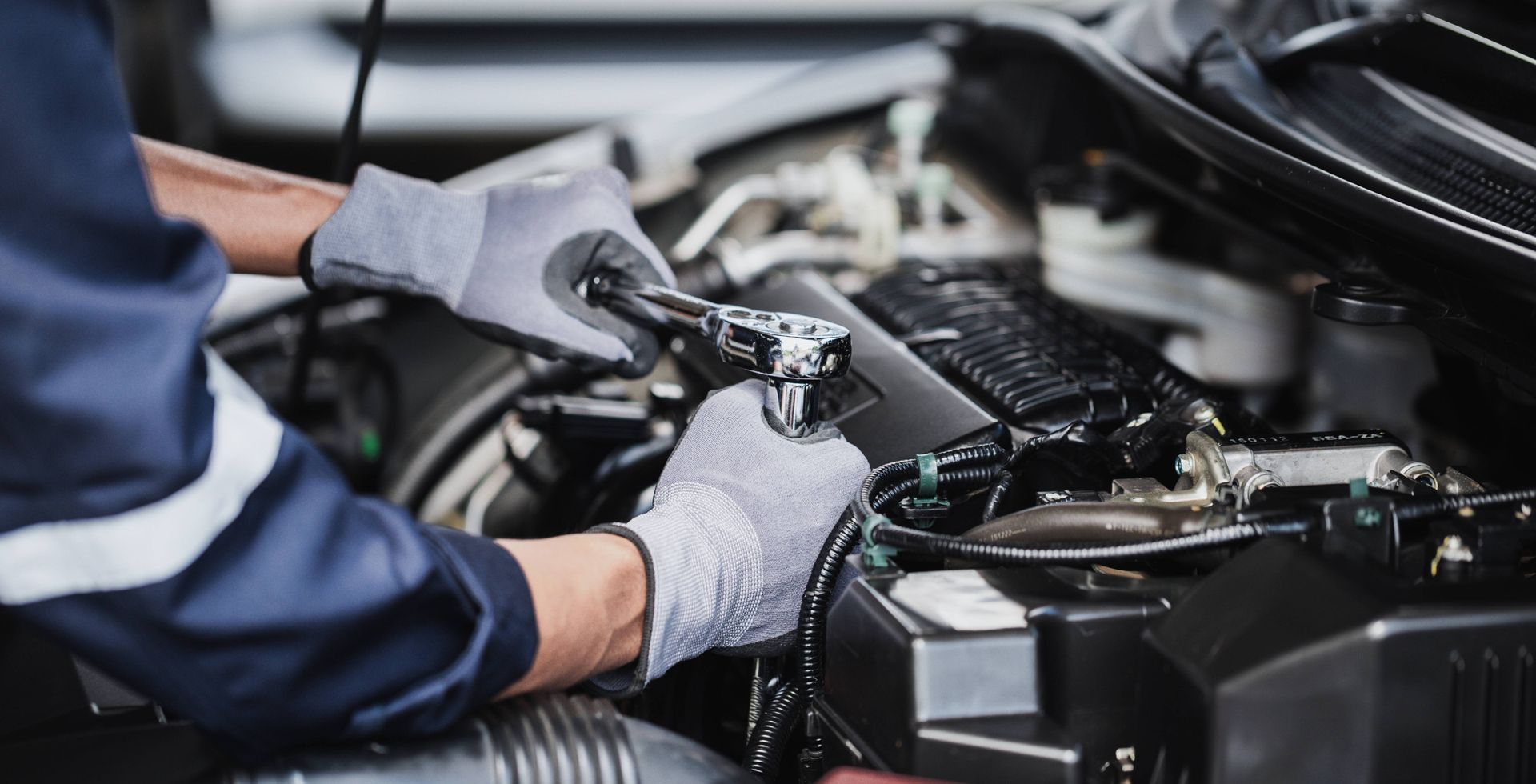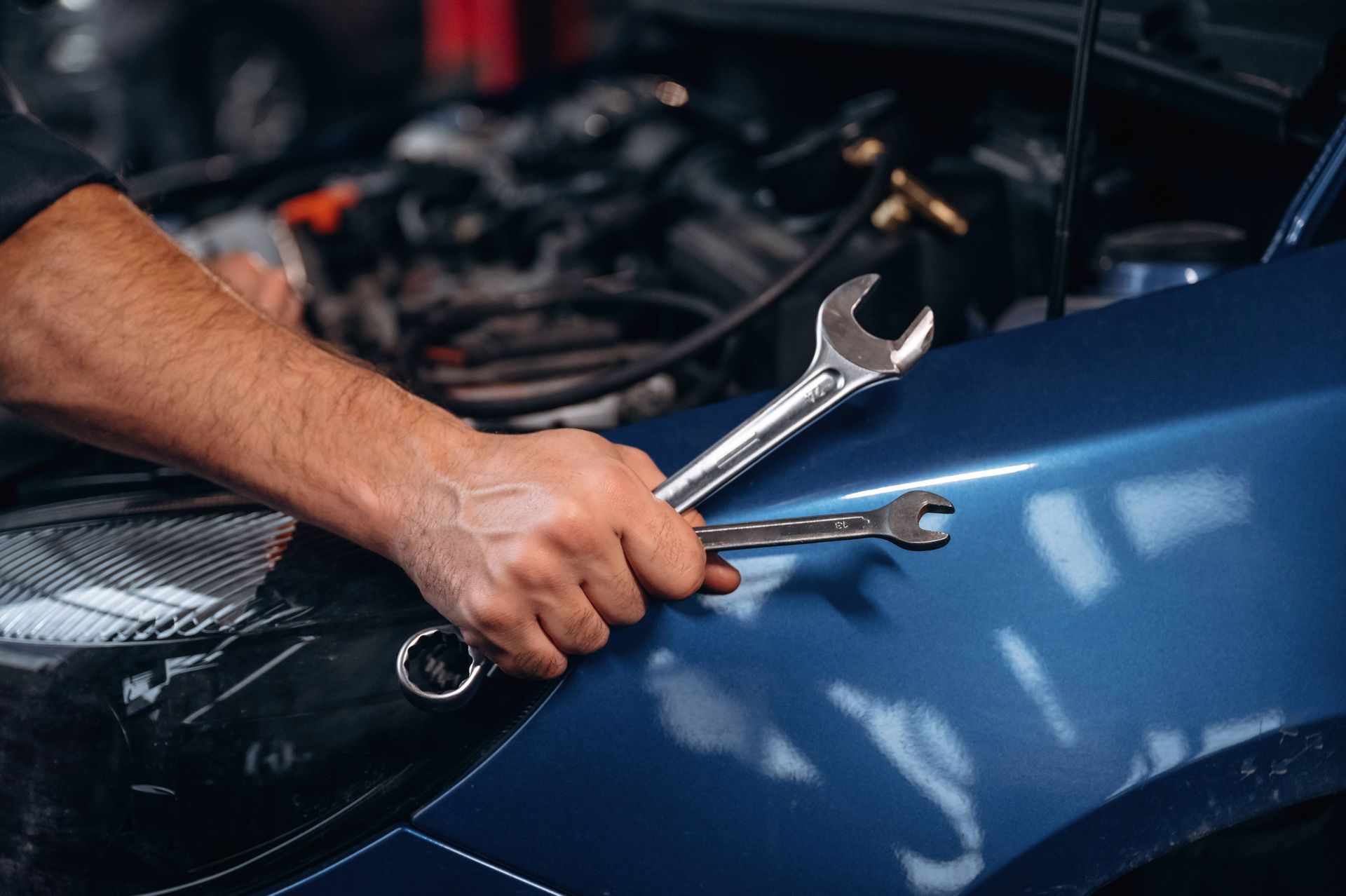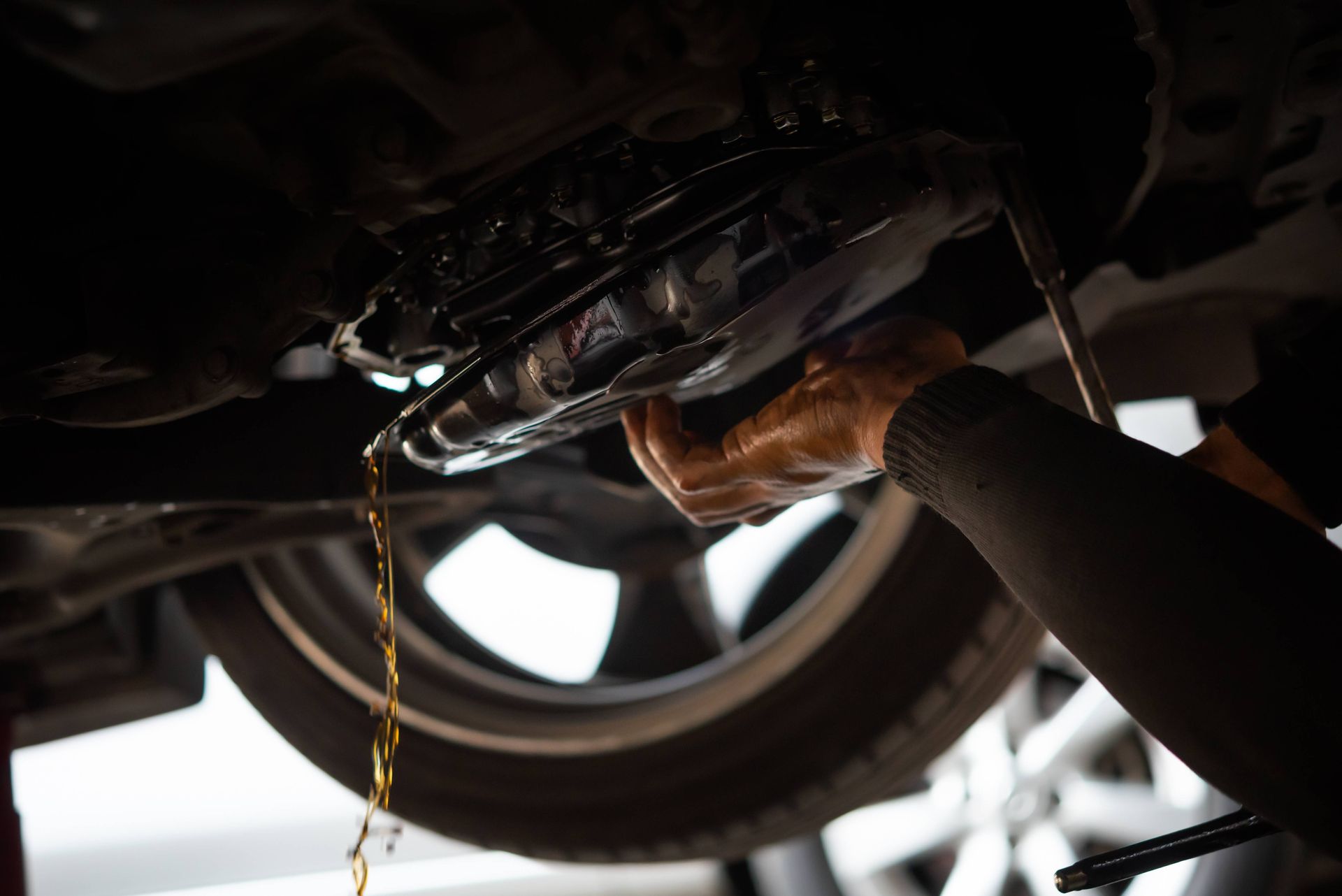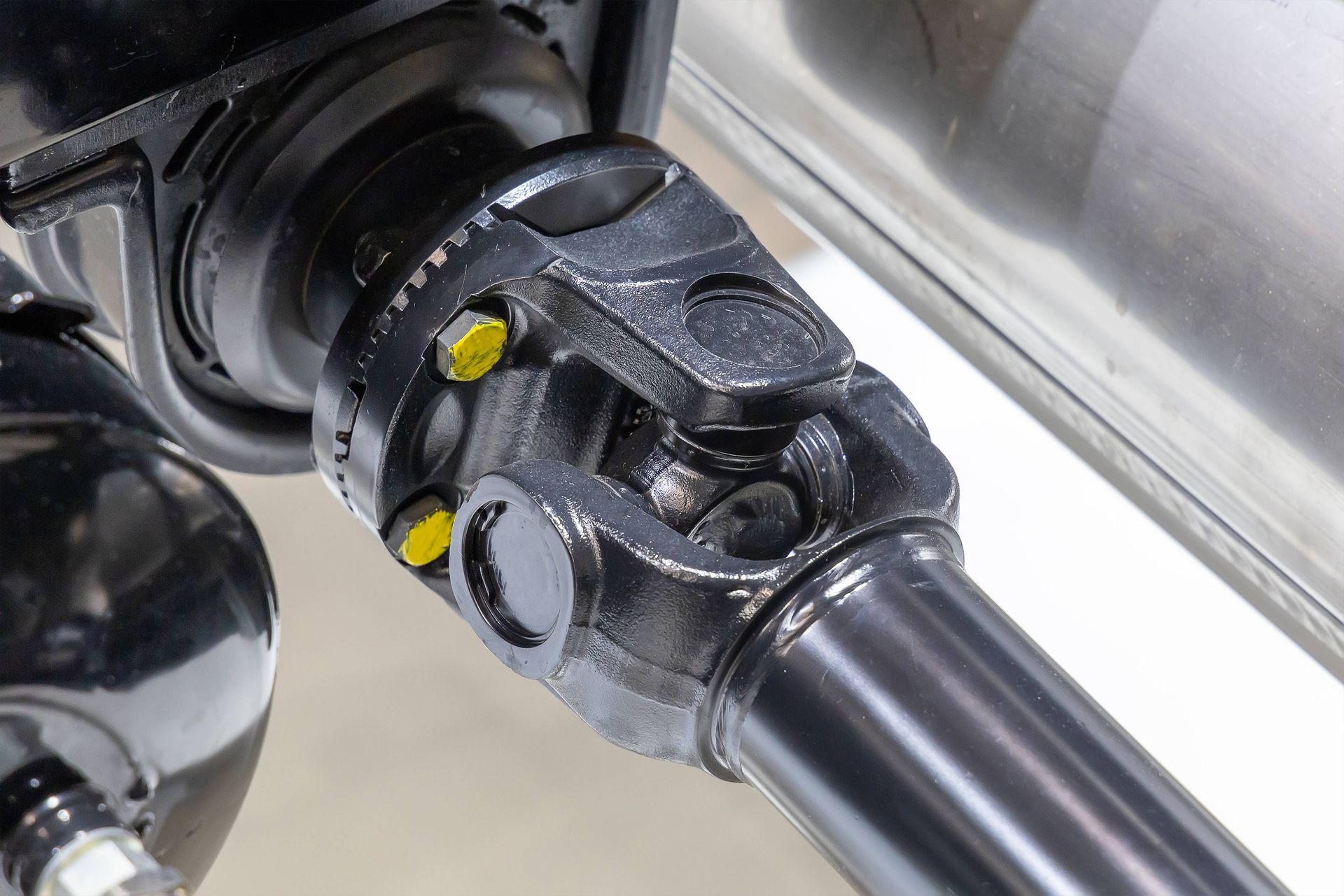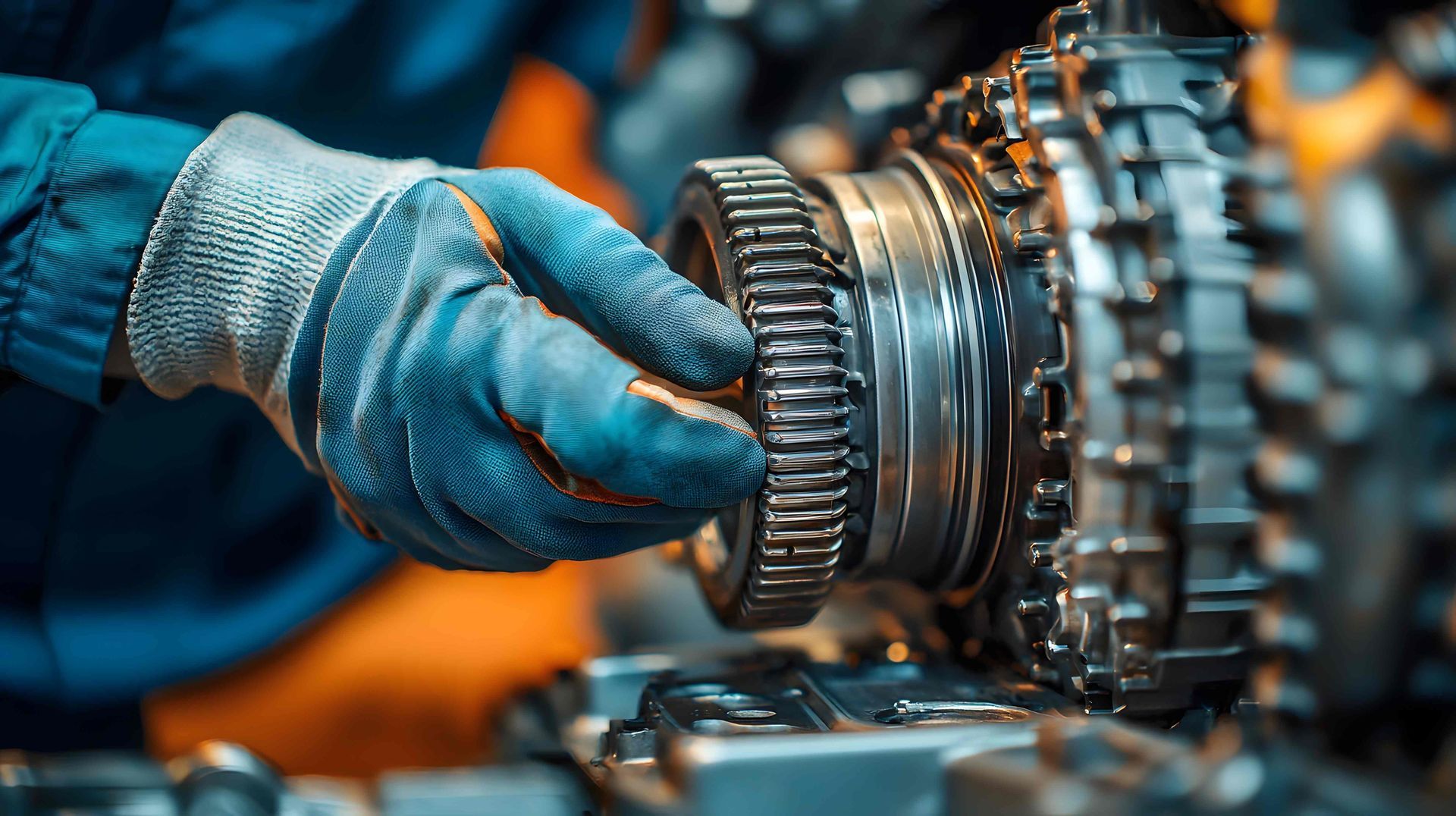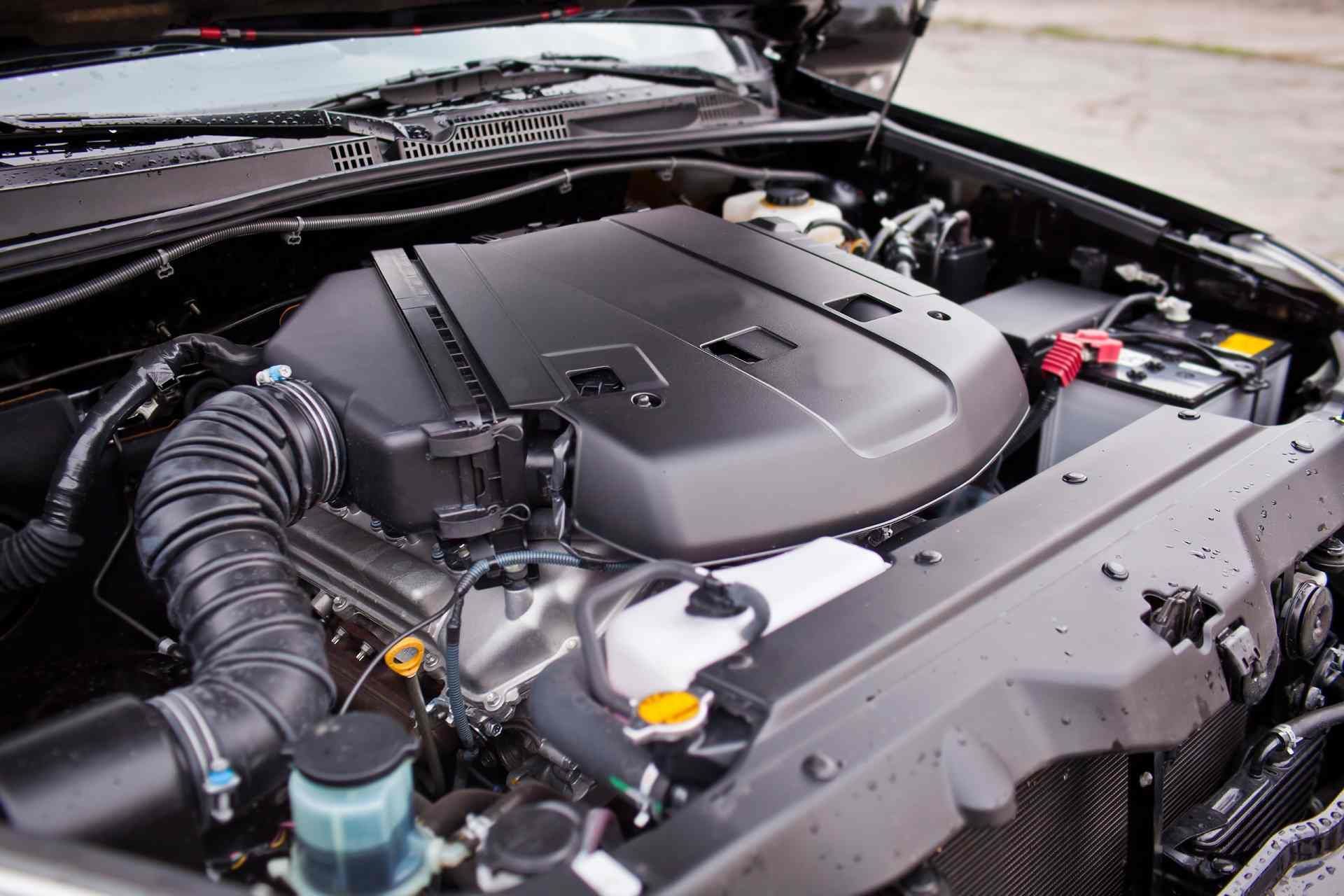Does Your Transmission Affect Drivability?
Drivability is a vehicle's ability to respond smoothly and predictably to driver inputs—like a happy, well-trained dog that listens when you say "sit” or “lie down.”
That analogy might sound simple, but it explains things perfectly. And like a furry friend, your car won’t cooperate as expected when something’s wrong. With a dog, a health problem could be the reason; with your vehicle, it might be the transmission.
Your car or truck’s transmission plays a leading role in its performance on the road. It transfers power from the engine to the wheels, allowing your vehicle to move at different speeds. At Mr. Transmission, we know that when a transmission starts to fail, you'll notice immediate changes in drivability.
How Transmission Problems Impact Drivability
A properly functioning transmission provides smooth gear shifts and consistent acceleration; a faulty one compromises your driving experience. You might notice jerky movements during acceleration or problems maintaining steady highway speeds. Those symptoms may indicate damage that requires transmission service.
Delayed responses are another sign of transmission trouble. Your car might hesitate before moving forward after shifting into drive, which can be hazardous in busy traffic. That lag time increases your accident risks, especially at intersections or when merging onto highways.
Strange noises also indicate transmission problems. Grinding, whining, or buzzing sounds when shifting gears suggest that internal components are wearing out. Ignoring them could lead to complete transmission failure.
How Poor Transmission Health Affects Fuel Economy
A compromised transmission also forces your engine to work harder, lowering fuel efficiency. As drivability decreases, your vehicle eats more fuel to compensate for the inefficiencies. You'll find yourself visiting gas stations more often.
Why does that happen? Damaged transmission components create friction and resistance within the system. Your engine must generate extra power to overcome these obstacles, burning more fuel in the process. A healthy transmission encourages optimal fuel economy throughout your vehicle's lifespan.
Frequently Asked Questions About Transmission Issues
Q: How often should I service my transmission?
A: Most manufacturers recommend service for manual transmissions every 30,000 to 60,000 miles and every 60,000 to 100,000 miles for automatics. Transmission fluid should typically be changed every 30,000 to 60,000 miles, depending on the make, model, driving habits, and type of fluid used (conventional vs. synthetic).
Q: Can I drive with transmission problems?
A: Doing this risks complete transmission failure and potentially dangerous driving conditions. It's best to have a transmission service before that happens.
Q: What causes transmission problems?
A: Common causes are low or dirty transmission fluid, overheating, wear and tear on internal components, and improper driving habits like shifting before coming to a complete stop.
The Importance of Professional Transmission Service
The professionals at Mr. Transmission leverage the specialized tools and knowledge required for accurate diagnosis and repair of transmission problems. Unless you’re trained and/or a licensed mechanic, DIY transmission repair could cause more damage and higher repair costs down the road. Our team identifies underlying issues that might not be apparent to you. We make sure that all transmission components function properly together, restoring optimal drivability.
Contact Us for Transmission Repair Near Cincinnati, OH
Is your car showing signs of transmission trouble? Don't risk further damage or dangerous driving conditions. Our certified technicians specialize in transmission repair, replacement, and maintenance services. Contact us for stellar service in Sharonville, Cincinnati, Northgate, West Chester, Mason, and Mainville, OH.



